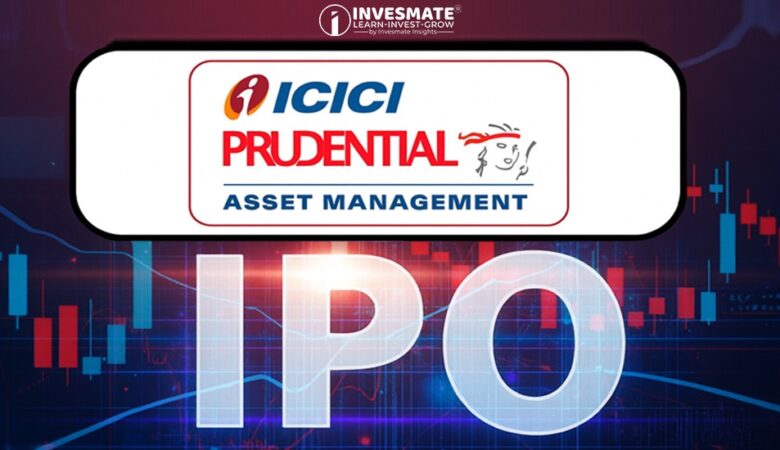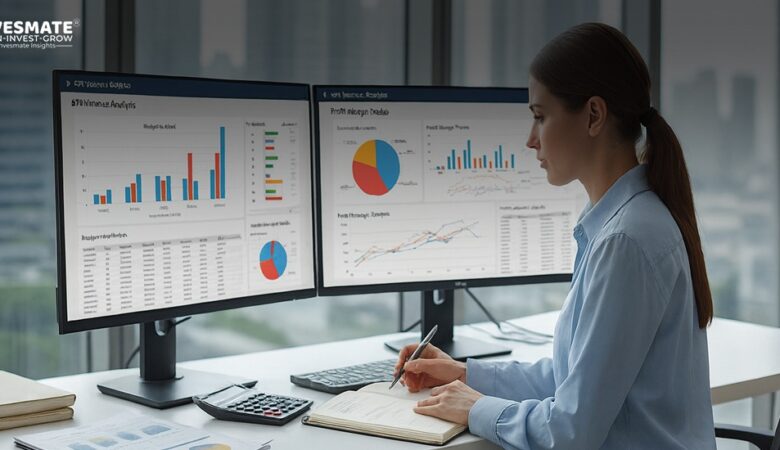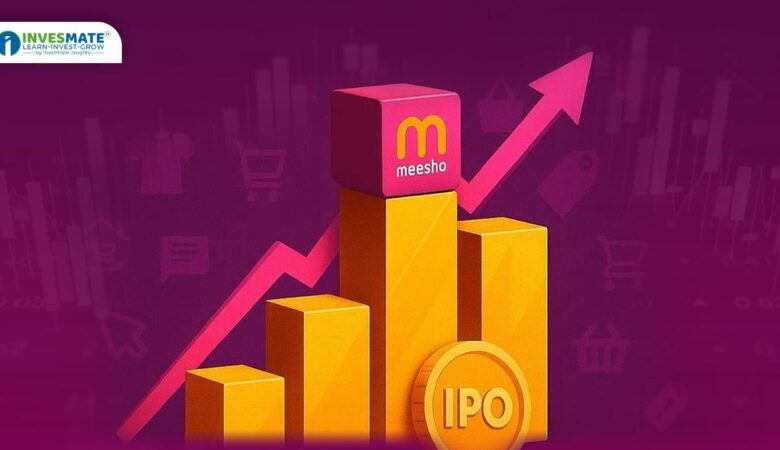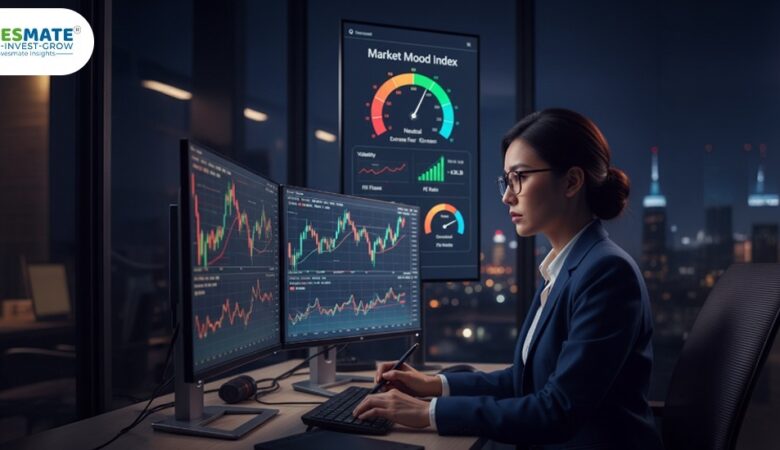most popular
IndiGo Crisis: Chart-এর আড়ালের Turbulence—Investor Confidence-এ কী প্রভাব ফেলল?
December 13, 20252025 সালের December-এর প্রথম সপ্তাহ ভারতের Aviation Industry-র ইতিহাসে বহু বছর ধরে উদাহরণ হিসেবে থাকবে। কয়েকটি Delay দিয়ে শুরু...
ICICI Prudential-এর IPO Analysis: ভারতের Most Profitable Fund House-এর প্রয়োজনীয় সব তথ্য
December 12, 2025ভারতের Mutual Fund Industry দ্রুত বাড়ছে, আর সেই Growth-এর কেন্দ্রেই রয়েছে দেশের সবচেয়ে Profitable Asset Manager—ICICI Prudential AMC। 10.1...
কোম্পানির Performance Analysis করার নির্ভরযোগ্য উপায়
December 10, 2025Stock Market-এ Invest করার সময় কি কখনো ভেবেছেন— যে Company-তে আপনি টাকা লাগাচ্ছেন, সেটি আদৌ ভালো Perform করছে কি...
Meesho-র IPO Analysis: Growth, Risk এবং Opportunity মিলিয়ে কোম্পানিটির প্রয়োজনীয় সব তথ্য
December 2, 2025আপনি যদি India-তে Online Shopping করে থাকেন, তাহলে খুব সম্ভবত আপনিও হয়তো Meesho-এর ব্যবহার করেছেন বা কোম্পানিটির বিষয় প্রাথমিক...
মার্কেটে Risk Management-এর একটি বিশেষ উপায়
November 25, 2025আপনি কি কখনো ভেবেছেন, Stock Market-এ বড় বড় Investors কীভাবে Risk কমিয়ে Profit করে? এমনকি দাম কমলেও! — এবং...
Excelsoft Technologies IPO: 500 কোটি টাকার AI SaaS কোম্পানিটির প্রয়োজনীয় সব তথ্য
November 19, 2025Excelsoft Technologies IPO নিয়ে দ্রুত, সহজ ভাষায় সবকিছু জানতে চান? তাহলে চলুন একদম পরিষ্কারসহজভাবে দেখে নিই—এই IPO সম্পর্কে আপনার...
শেয়ারের ঝুঁকি এড়িয়ে নিরাপদ রিটার্ন পাওয়ার বিনিয়োগ কৌশল
November 11, 2025আপনি কি বিনিয়োগে নিরাপত্তা, আয় এবং বৃদ্ধির মধ্যে সঠিক ভারসাম্য খুঁজে পাচ্ছেন?আজকের দ্রুত পরিবর্তনশীল Financial জগতে, এই প্রশ্নটাই যেন...
Positional Trading কিভাবে আপনাকে সফল করে তুলতে পারে ?
November 4, 2025Key TakeawaysPositional Traders সাধারণত দৈনন্দিন Price Fluctuation নয়, বরং তারা Long-Term Market Trend অনুসরণ করেন।তারা এমন Strong Stocks Selection...
শেয়ারবাজারে Momentum Track করার এক বিশেষ উপায়
October 28, 2025আপনি কি ভেবেছেন, শেয়ারবাজারে দামের ওঠানামা আসলে কীসের উপর নির্ভর করে? কোম্পানির Result, GDP Data, না কি বিদেশি বিনিয়োগকারীর...
শেয়ার কেনার আগে জানুন কোম্পানির Value নির্ধারণের গোপন কৌশল
October 21, 2025একটি কোম্পানির আসল Value বা “Worth” বোঝা ব্যবসা ও বিনিয়োগের সিদ্ধান্ত নেওয়ার সবচেয়ে গুরুত্বপূর্ণ ধাপগুলোর একটি। আপনি যদি কোনো...
Muhurat Trading 2025: এবার দীপাবলির বিশেষ ট্রেডিং সেশনে এলো বড় চমক!
October 14, 2025ভাবুন তো—দীপাবলির সন্ধ্যা, চারদিকে দীপের আলো, ঘরে মিষ্টির ঘ্রাণ ছড়িয়ে আছে, আর হঠাৎ মনে পড়ে গেল—আজই নতুন বছরের প্রথম...
F&O-র Lot Size কমালো NSE: বছর শেষে ট্রেডিংয়ে কী কী বদল আসছে?
October 10, 2025NSE এখন ট্রেডিংকে করেছে আরও সস্তা এবং সহজ!ভাবুন তো, আপনি একটা গাড়ি কিনতে চান, কিন্তু ডিলার বলছে—“একটা না, একসাথে...














